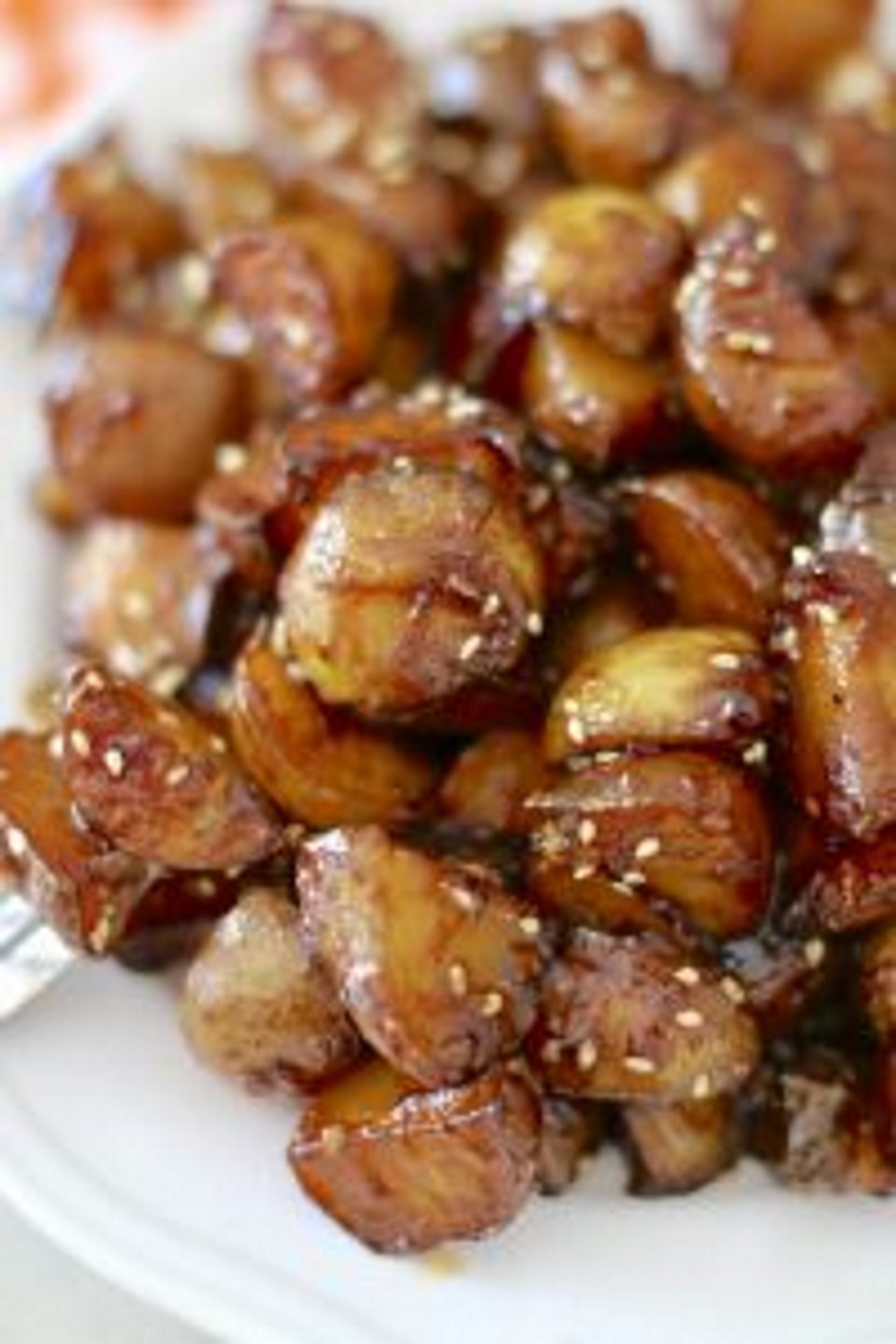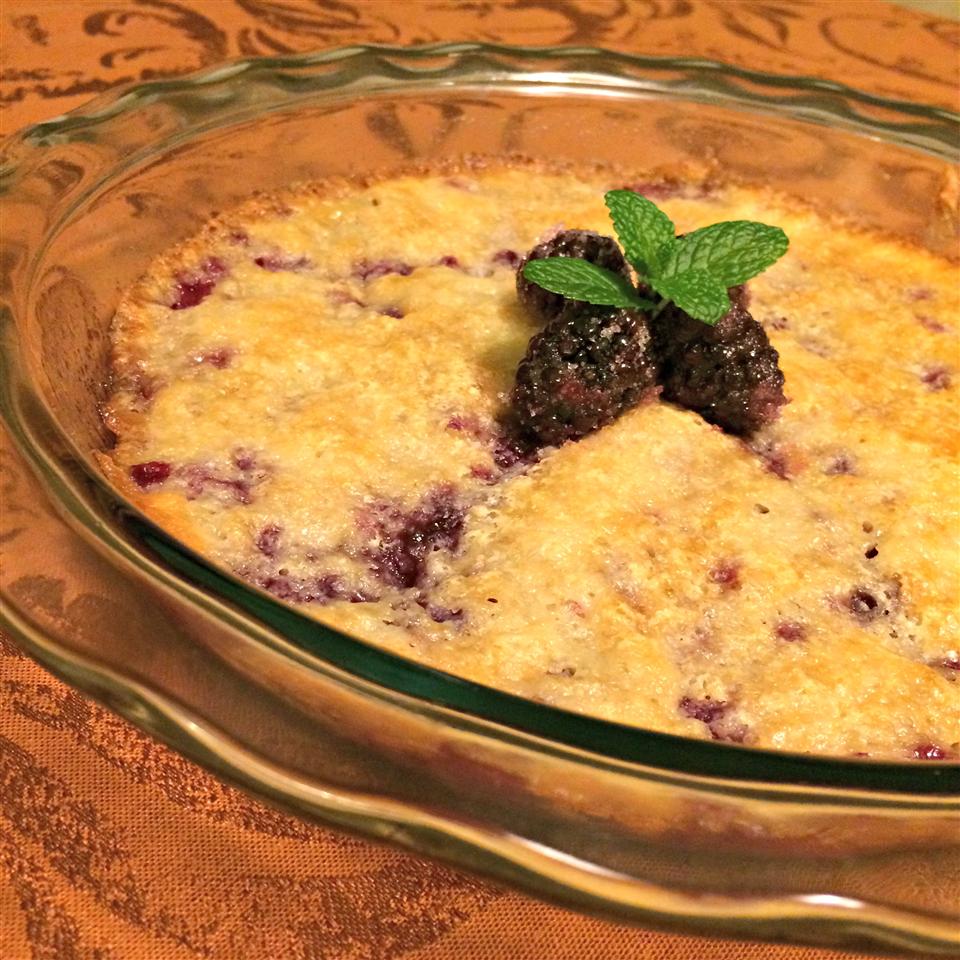**Kapusta: A Culinary Journey into the World of Sauerkraut**
Sauerkraut, a fermented cabbage dish, has captured the hearts and palates of many worldwide. Originating in Germany, it has become an integral part of various cuisines, including Polish, Ukrainian, and Russian. Kapusta, the Polish name for sauerkraut, is a versatile dish that can be enjoyed in a myriad of ways. From traditional stews and soups to modern salads and sandwiches, kapusta offers a delightful sour flavor that adds depth and complexity to any dish. In this article, we present a collection of kapusta recipes that showcase its diverse culinary applications. From classic Polish bigos to hearty Ukrainian kapuśniak, these recipes promise a delectable exploration into the world of fermented cabbage. So, prepare your taste buds for a tangy adventure as we dive into the realm of kapusta.
POLISH SAUSAGE AND SAUERKRAUT CASSEROLE (KAPUSTA)

When my husband's Grandmother died, I was the designated person to bring this to all holiday dinners (even though I'm Irish!) since I learned what to do by watching her. She always used fresh rather than smoked Polish Sausage.
Provided by Mareesme
Categories One Dish Meal
Time 1h45m
Yield 8 serving(s)
Number Of Ingredients 6
Steps:
- Preheat oven to 325 degrees Fahrenheit.
- Bring sausage to boil and simmer 15 minutes; drain and set aside.
- Cut bacon into small pieces.
- Begin browning, then add diced onion.
- Saute together until bacon is almost crisp.
- Drain mixture, reserving bacon grease.
- Drain sauerkraut (do not rinse).
- Add sauerkraut and brown sugar to bacon mixture.
- Mix in about 2 Tablespoons reserved bacon grease and water.
- Place in large casserole dish.
- Cut Polish sausage into 3" pieces and place on top of sauerkraut.
- Cover and bake at 325 degrees Fahrenheit for 1 hour 15 minutes, checking sauerkraut mixture halfway through to add more water if sauerkraut appears very dry.
- Finish baking; remove from oven.
- Taste sauerkraut and, if desired, adjust flavor by adding salt and pepper, or a little more brown sugar, vinegar or bacon grease to your taste. (Note: In the old days, Busia (Grandma) would soak a cup of yellow peas overnight to soften them and would mix them into the sauerkraut. It was probably to stretch the quantity, but I don't do it anymore!).
KAPUSTA (SAUERKRAUT)

This is a traditional Polish sauerkraut recipe that my late sister Elizabeth and I developed together. This recipe was submitted to WNED TV for their ethnic cookbook and it was published in 2002. It freezes well and is great with sausages, kielbasa, stuffed pork chops, hot dogs, or breaded pork or chicken cutlets. Serve with boiled small new potatoes with melted butter and dill, some good rye bread, and dill pickles. The kapusta can be cooked entirely on top of the stove over low heat, stirring frequently. You can top it with wieners, thick ham slices, or precooked sausages for last 30 minutes of baking. Or top it with kielbasa for last 30 minutes or so, or slice the kielbasa and bury it in the kapusta at the beginning of baking. Brown pork chops both sides, bury them in the kapusta and bake for 1-1/2 hours until meat is done. The yield given is an estimate.
Provided by foodtvfan
Categories Vegetable
Time 1h30m
Yield 10 cups, 10-14 serving(s)
Number Of Ingredients 12
Steps:
- Sauté bacon bits until almost crispy. Add butter and onions and cook for about 5 minutes until onions are lightly golden.
- Rinse sauerkraut in a strainer under gently running cold water and squeeze out thoroughly to remove excess water; add to the bacon and onion mixture.
- Add the peeled, grated potato (or the carrots or apple).
- Add chicken broth, brown sugar, bay leaves, and seasonings. Stir to mix thoroughly.
- Cook, uncovered, stirring frequently, until everything is heated thoroughly. Transfer to a roasting pan.
- Cover and bake in 300 degree Fahrenheit oven for 30 minutes up to 1 hour until kapusta is browned slightly.
- Stir occasionally and add water or chicken broth if necessary (push kapusta aside and check bottom of roasting pan for liquid).
KAPUSTA AND KARTOFLE (SAUERKRAUT STEW AND POTATOES)

A cabbage, barley, and sauerkraut soup/stew that is easy to prepare, low in fat, and intensely flavorful. My mother makes this without measurements (a handful of barley, some pork) so I've learned to approximate! Serve with crusty Italian or rye bread.
Provided by Rishki
Categories Soups, Stews and Chili Recipes Stews Pork
Time 1h30m
Yield 8
Number Of Ingredients 7
Steps:
- Place potatoes into a large pot and cover with salted water; bring to a boil. Reduce heat to medium-low and simmer until tender, about 10 minutes. Drain. Transfer potatoes to a large bowl; mash with a potato masher.
- Place cabbage, sauerkraut, pork, and barley in the same pot; cover with water. Season with salt and stir well. Bring to a boil. Reduce heat to low and cover; simmer, stirring occasionally, until cabbage is wilted and pork is no longer pink in the center, about 1 hour. An instant-read thermometer inserted into the center of the pork should read 145 degrees F (63 degrees C).
- Divide mashed potatoes among 8 serving bowls; ladle the stew on top.
Nutrition Facts : Calories 279.8 calories, Carbohydrate 44.4 g, Cholesterol 29.5 mg, Fat 4.1 g, Fiber 11.1 g, Protein 18.6 g, SaturatedFat 1.4 g, Sodium 707.9 mg, Sugar 7.4 g
Tips:
- Choose the right cabbage: For sauerkraut, it's best to use a firm, white cabbage with a tight head. Avoid cabbages that are bruised or have blemishes.
- Shred the cabbage finely: This will help the cabbage ferment evenly and quickly. You can use a food processor or a sharp knife to shred the cabbage.
- Add salt: Salt is essential for the fermentation process. It helps to draw out the moisture from the cabbage and create a brine. The amount of salt you add will depend on the recipe you're using.
- Pack the cabbage tightly: This will help to create an anaerobic environment, which is necessary for the fermentation process. Use a heavy object, such as a plate or a weight, to press down on the cabbage.
- Keep the sauerkraut in a cool, dark place: The ideal temperature for fermenting sauerkraut is between 60°F and 70°F. A cool, dark place, such as a basement or a pantry, is a good option.
- Ferment the sauerkraut for at least 2 weeks: The longer you ferment the sauerkraut, the more sour it will become. You can taste the sauerkraut after 2 weeks to see if it's reached your desired level of sourness.
Conclusion:
Sauerkraut is a delicious and nutritious fermented food that can be easily made at home. With a few simple ingredients and a little patience, you can enjoy this traditional dish in no time. Serve sauerkraut as a side dish, or use it in soups, stews, and other recipes. Enjoy!
Are you curently on diet or you just want to control your food's nutritions, ingredients? We will help you find recipes by cooking method, nutrition, ingredients...
Check it out »
You'll also love











